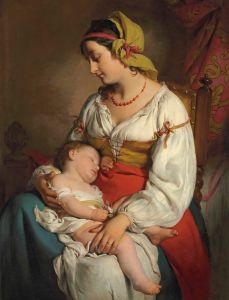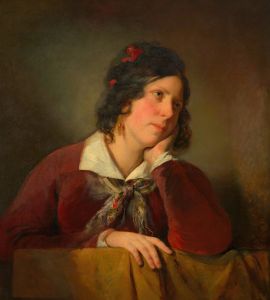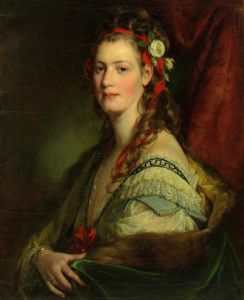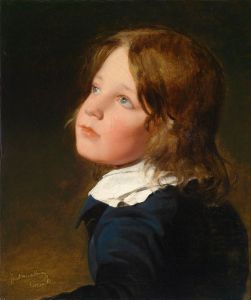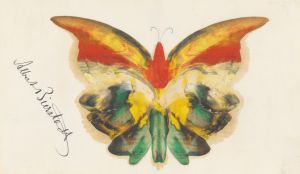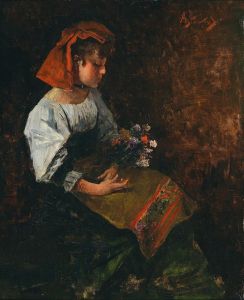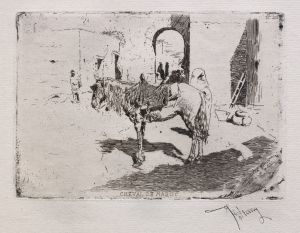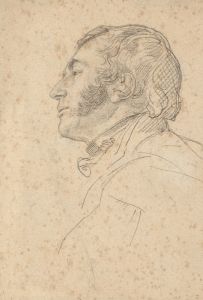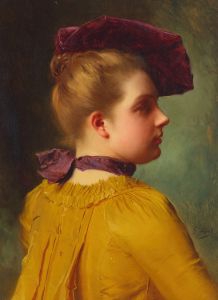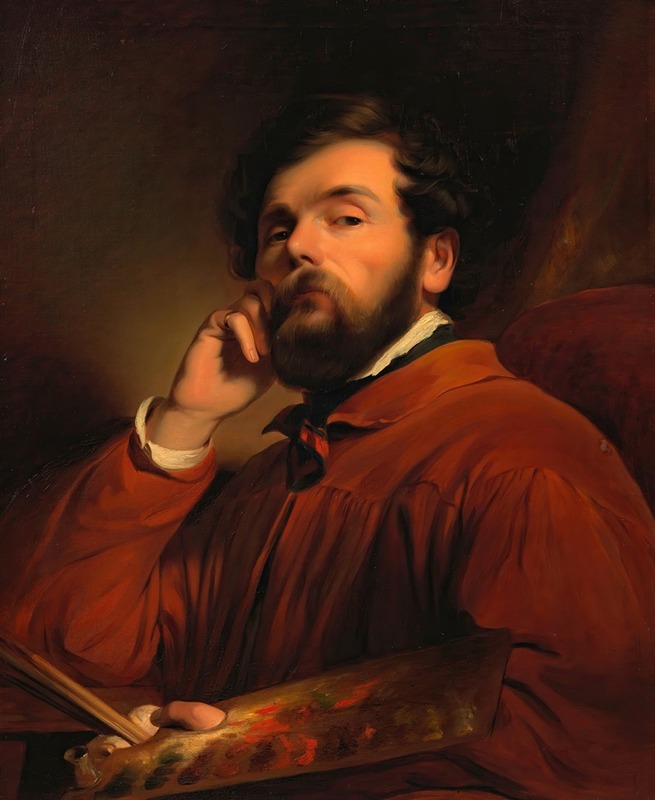
Selbstbildnis Friedrich von Amerling
A hand-painted replica of Friedrich von Amerling’s masterpiece Selbstbildnis Friedrich von Amerling, meticulously crafted by professional artists to capture the true essence of the original. Each piece is created with museum-quality canvas and rare mineral pigments, carefully painted by experienced artists with delicate brushstrokes and rich, layered colors to perfectly recreate the texture of the original artwork. Unlike machine-printed reproductions, this hand-painted version brings the painting to life, infused with the artist’s emotions and skill in every stroke. Whether for personal collection or home decoration, it instantly elevates the artistic atmosphere of any space.
Friedrich von Amerling was a prominent Austrian portrait painter of the 19th century, known for his detailed and realistic depictions of his subjects. Among his extensive body of work, "Selbstbildnis Friedrich von Amerling" stands out as a significant self-portrait that offers insight into both the artist's self-perception and his technical prowess.
Friedrich von Amerling was born on April 14, 1803, in Vienna, Austria. He studied at the Academy of Fine Arts in Vienna and furthered his education in Prague, Munich, and Paris. His exposure to various artistic styles and techniques during his studies greatly influenced his development as a portrait artist. Amerling became one of the most sought-after portraitists of the Austrian aristocracy and bourgeoisie, earning him a prestigious reputation in European art circles.
The self-portrait "Selbstbildnis Friedrich von Amerling" is a testament to Amerling's skill in capturing the human likeness with precision and depth. While the exact date of the painting is not definitively known, it is believed to have been created during the height of his career in the mid-19th century. This period was marked by Amerling's mastery of the Biedermeier style, characterized by its emphasis on realism, detail, and a focus on the individual.
In "Selbstbildnis Friedrich von Amerling," the artist presents himself with a calm and composed demeanor, reflecting the confidence and self-assuredness of a successful painter. The portrait is executed with meticulous attention to detail, particularly in the rendering of textures such as the fabric of his clothing and the subtle play of light on his skin. Amerling's use of color is both restrained and effective, contributing to the overall realism of the piece.
The composition of the self-portrait is straightforward yet engaging, with Amerling's gaze directed towards the viewer, establishing a direct connection. This engagement invites viewers to contemplate the artist's personality and the introspective nature of self-portraiture. The background is typically understated, ensuring that the focus remains on the subject's face and expression.
Amerling's self-portrait not only serves as a personal reflection but also as an example of the broader artistic trends of his time. The Biedermeier period in which he worked was characterized by a shift towards more intimate and personal subjects, moving away from the grand historical and mythological themes that dominated earlier art movements. This focus on the individual is evident in Amerling's work, where the personality and character of the sitter are paramount.
Throughout his career, Amerling received numerous accolades and was appointed court painter by Emperor Franz Joseph I of Austria. His works are held in high esteem and can be found in major art collections, including the Kunsthistorisches Museum in Vienna. "Selbstbildnis Friedrich von Amerling" remains an important piece within his oeuvre, exemplifying his technical skill and the personal connection he sought to establish with his subjects.
In summary, "Selbstbildnis Friedrich von Amerling" is a significant work that encapsulates the artist's mastery of portraiture and his ability to convey the essence of his subjects. It stands as a reflection of both Amerling's personal identity and the artistic values of the Biedermeier period, offering viewers a glimpse into the world of 19th-century Austrian art.





